Course · Part 4 · Assignment 1
Read
A Brief History of Graphic Design
KeyThree
The key points from this assignment.
- Graphic design can be traced back to the earliest human civilisations
- However, the term “graphic design” wasn’t first used until 1922, reflecting the growth in branding, commerce, and advertising in the west
- Twentieth-century art and design influenced one another, with later movements like pop art, new wave, and postmodernism blurring the lines between them

Image credit: Josef Müller-Brockmann, Photographic Experiments
Introduction
The history of graphic design can be framed in many different ways. Broadly understood, graphic design stretches right back to ancient history, notably in Babylonian inscriptions and Egyptian hieroglyphs.
For example, this inscription at Bisotun, in modern Iran, dates from around 500 BCE. It combines text and images for the purpose of visual communication — the key ingredients of graphic design.

An inscription at Bisotun, in Modern Iran. Image credit: Iran Cultura
In the west, early medieval illuminated manuscripts are recognisable as “graphic design” to modern eyes, although their creators wouldn’t have thought in those terms.
For example, this page from the Lindisfarne Gospels (around 700 CE) still resembles the modern typesetting of books and newspapers.
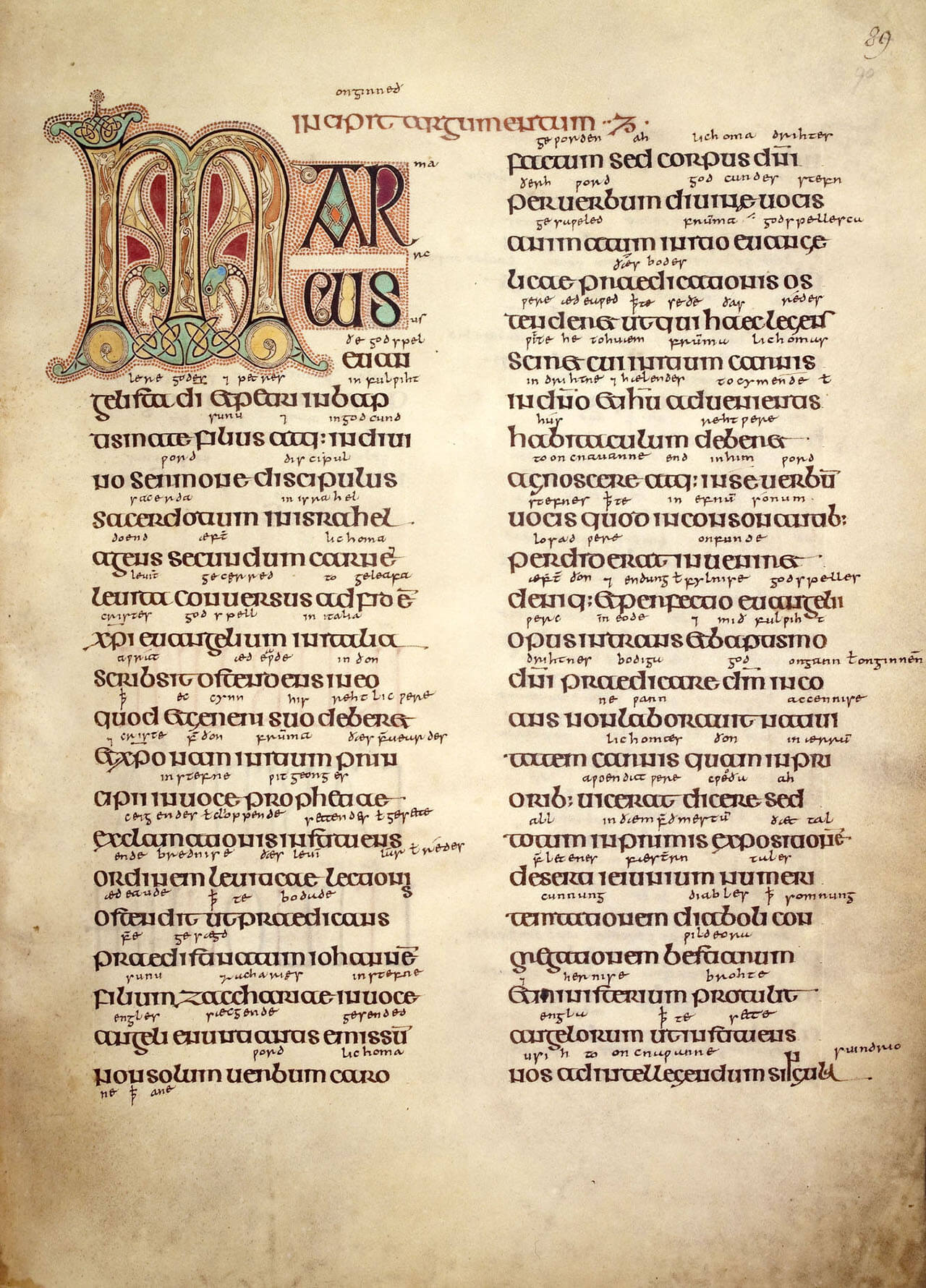
Image credit: The British Library, Cotton MS Nero D IV
Something closer to today’s understanding of graphic design began to emerge with the development of western printing presses from 1450 onwards. This technology made it possible to lay out text and images using a rapidly reproducible method.
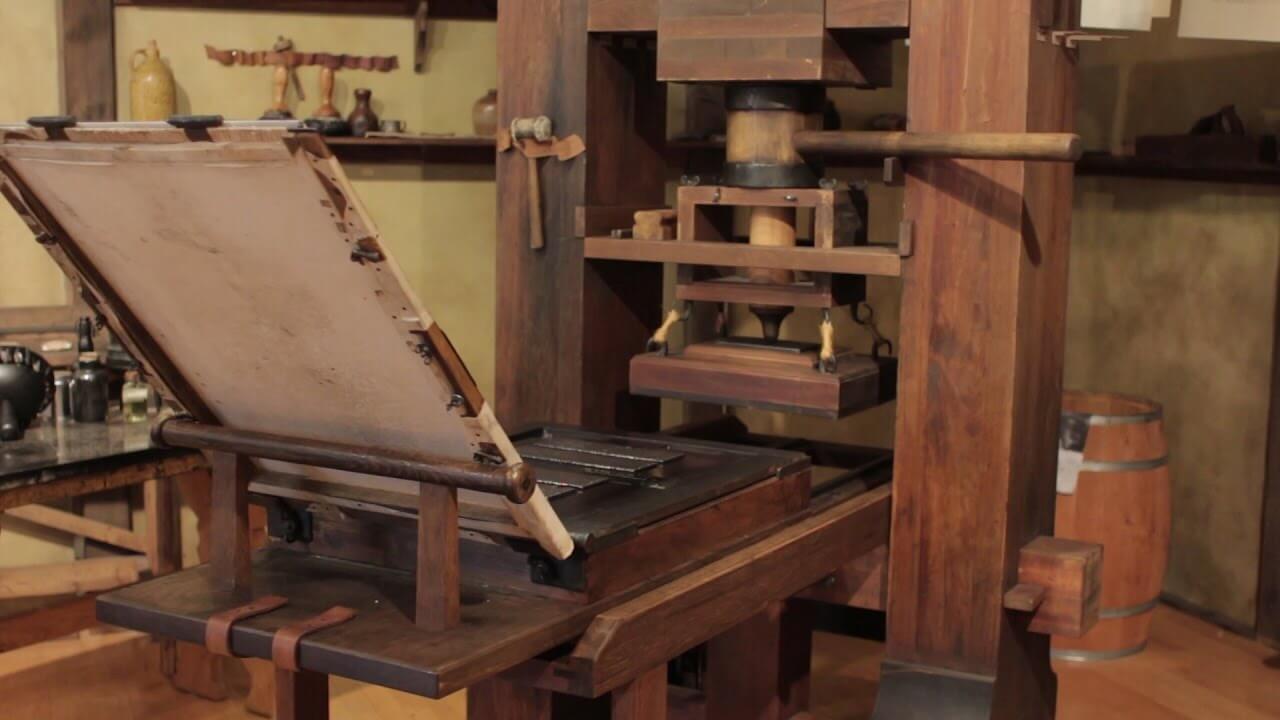
A working reproduction of the Gutenberg press at the Crandall Printing Museum, Utah
It was only at the end of the 1800s, with the beginnings of mass market commerce, that graphic design began to emerge as a distinct profession. Ever since, the core of many graphic designers’ work has been branding, advertising, and marketing, though happily the role also takes in more “artistic” applications like book covers and magazine designs, as well as helping give voice to protest movements and political campaigns.
In the timeline that follows, we present a simplified story of how approaches to graphic design changed and developed during the twentieth century. There are, of course, many more movements and designers responsible for how our craft has developed.
For more comprehensive resources, we recommend Caroline Roberts’ “Graphic Design Visionaries” (2015), and, if you’re feeling brave, the mammoth “Meggs’ History of Graphic Design” (6th edition, 2016).
A timeline of modern graphic design
1856
William Morris, pioneer of the Arts and Crafts movement, begins his career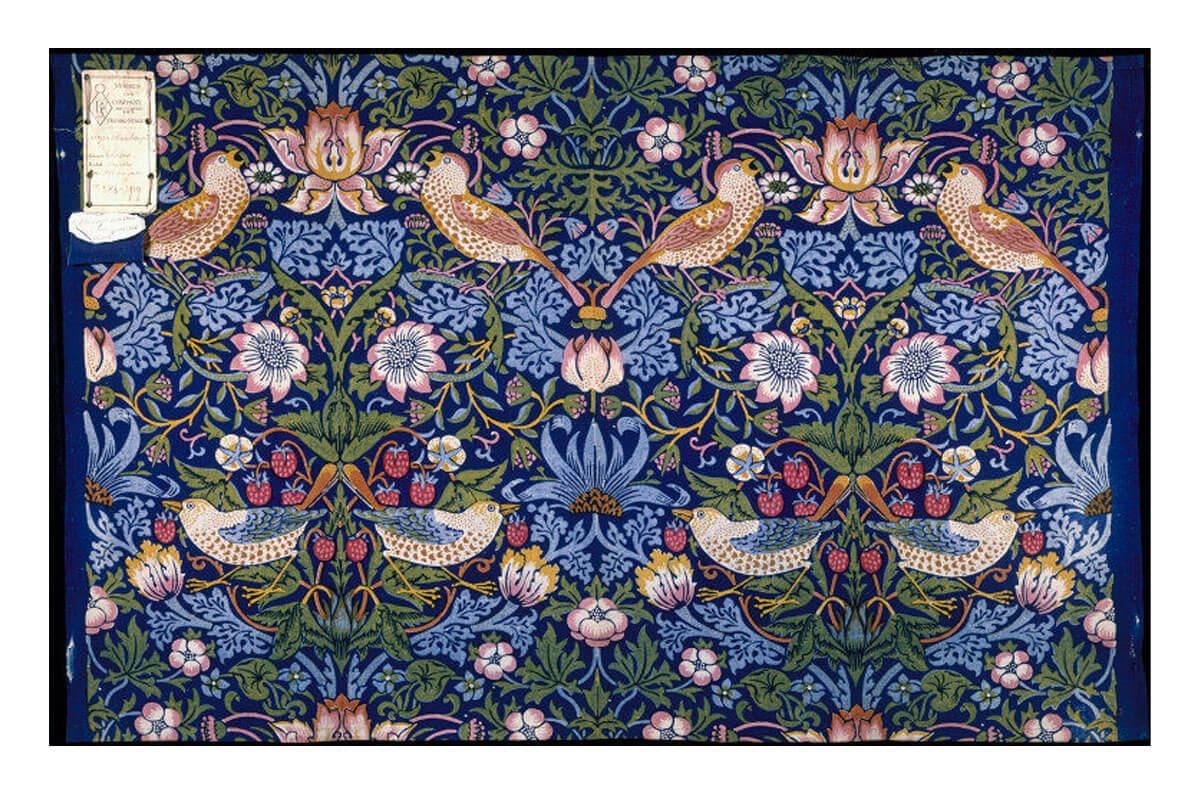
William Morris’s “Strawberry Thief” textile design, 1883
1880–1920
Arts and Crafts movement: nature, beauty, utility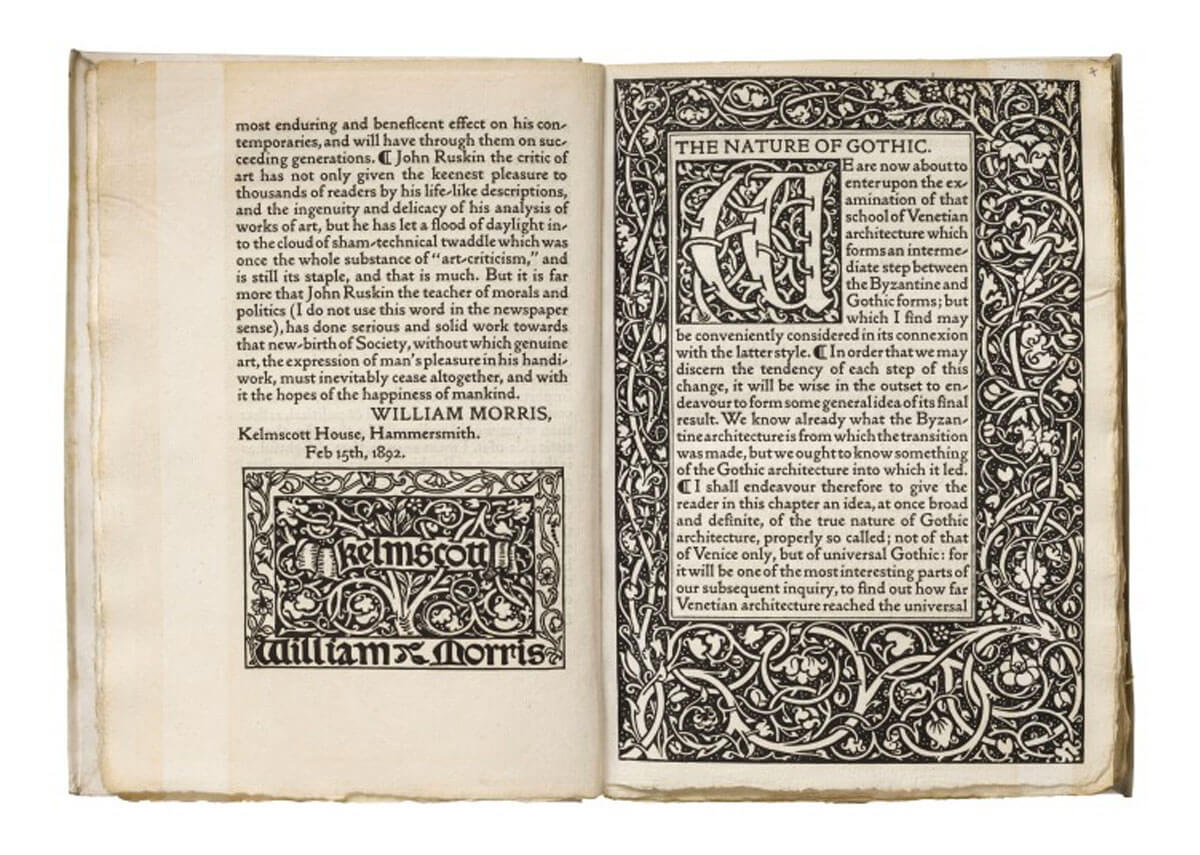
William Morris’s design for Ruskin’s “The Nature of Gothic”, 1892 edition
1890s onwards
Art Nouveau movement: curves, nature, asymmetry
Alphonse Mucha, “Rêverie”, 1896, and Gustav Klimt, “The Kiss”, 1908
1910s onwards
Futurism movement: speed, power, dynamism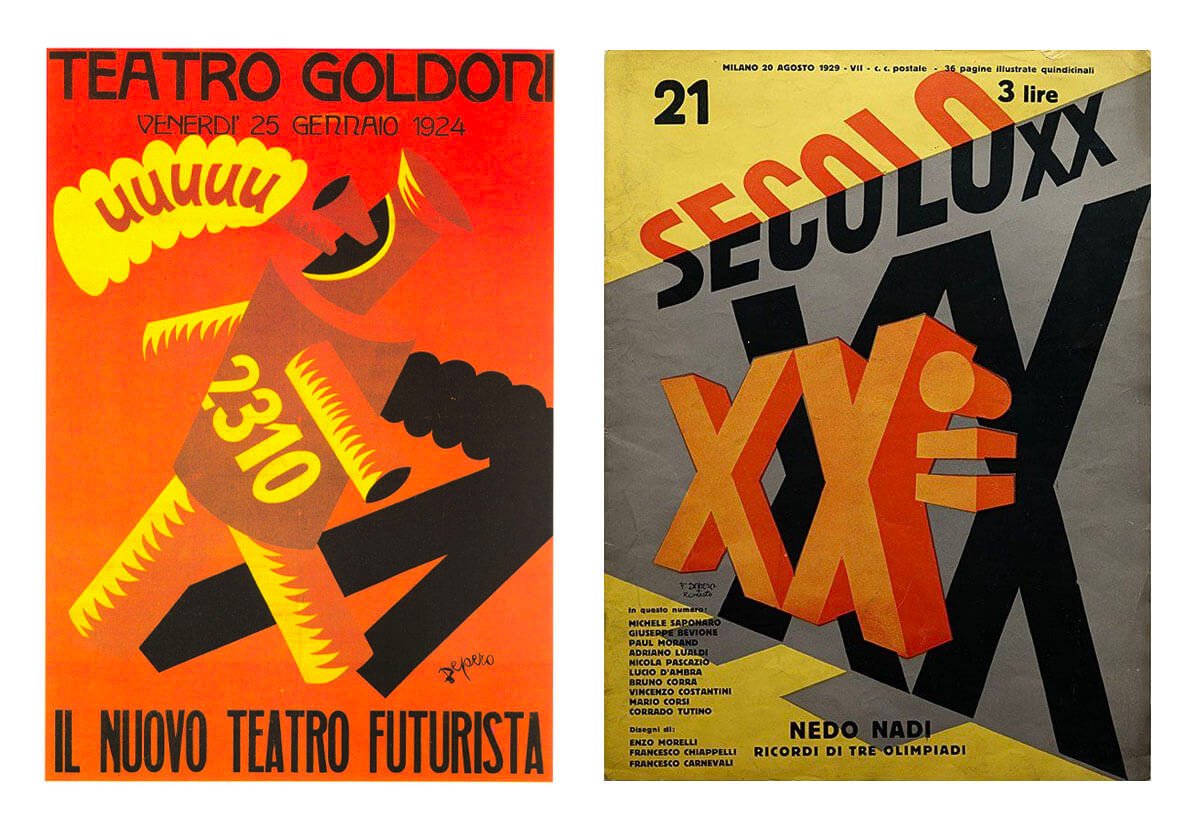
Futurist posters by Fortunato Depero, 1924 and 1929
1910s onwards
Constructivism movement: abstract, austere, geometric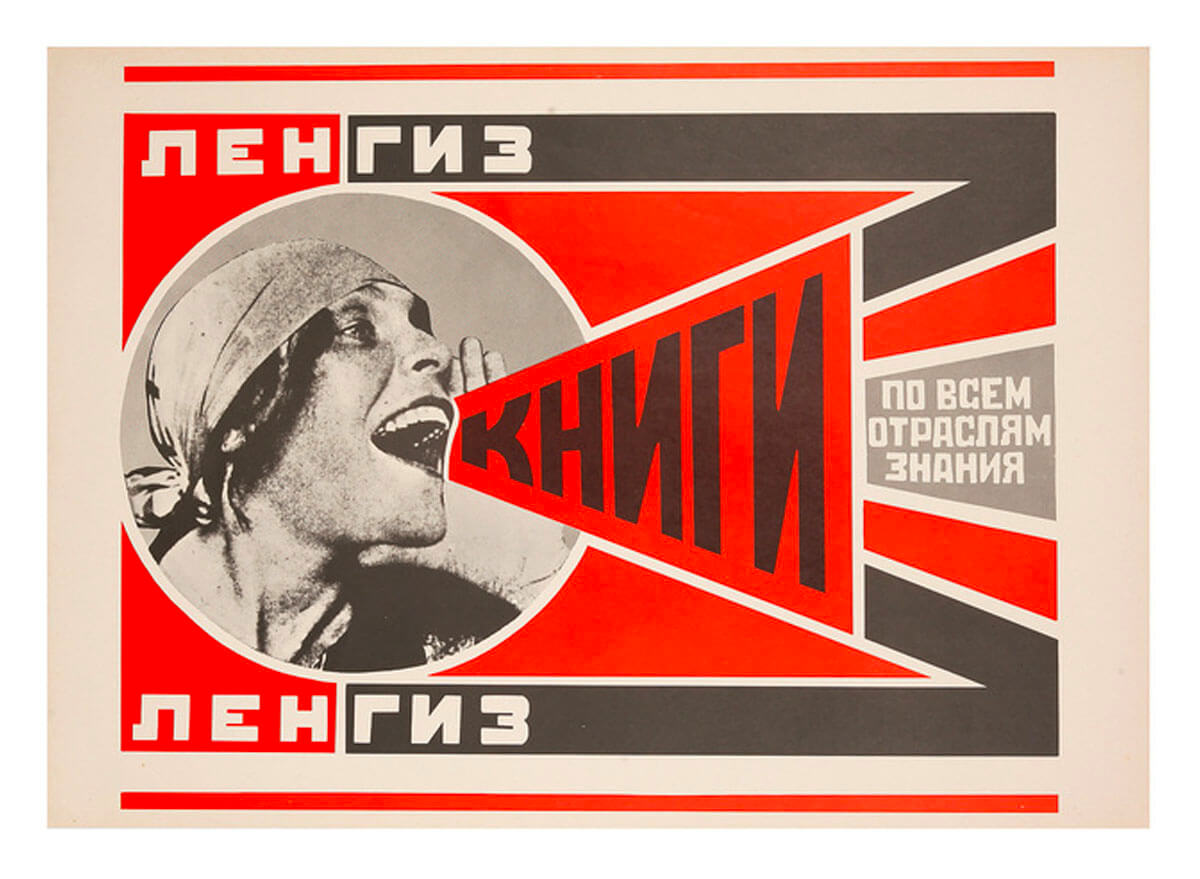
Alexander Rodchenko, “Books Please! In All Forms of Knowledge”, 1924
1916 onwards
Dada movement: absurd, subversive, rebellious
Club Dada flyer, 1918, and a Dada pamphlet, 1919
1919–1933
Bauhaus movement: line, shape, colour, craft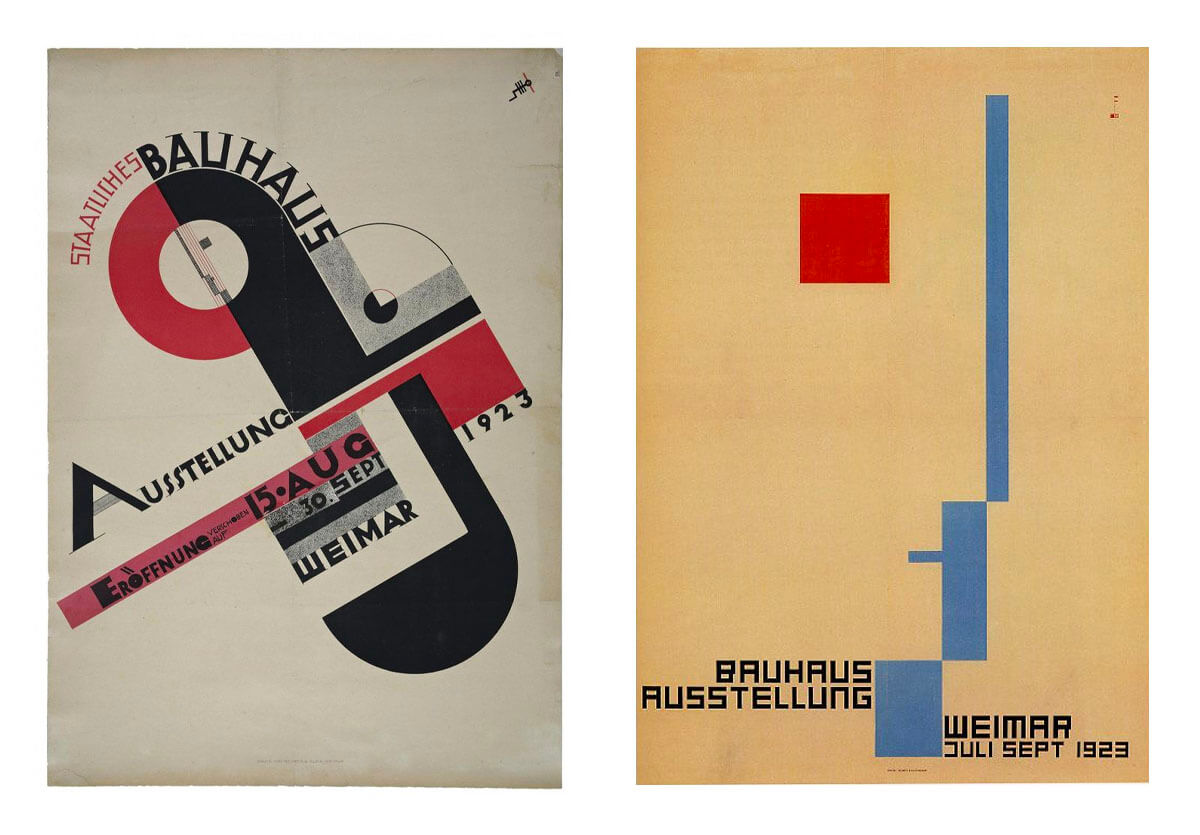
Bauhaus posters, 1923
1917 onwards
De Stijl movement: primary colours, squares, straight lines, asymmetry
“Composition with Red Blue and Yellow” by Piet Mondrian, 1930
Logo by Theo van Doesburg, 1919
1920s onwards
Art Deco movement: geometric shapes, symmetry, stylised, sets of three
Art Deco posters, 1920s–1930s
1922
Type designer William A. Dwiggins coins the term “graphic design” in his newspaper article, “New Kind of Printing Calls for New Design”
1923
Jan Tschichold, typography great, enters the profession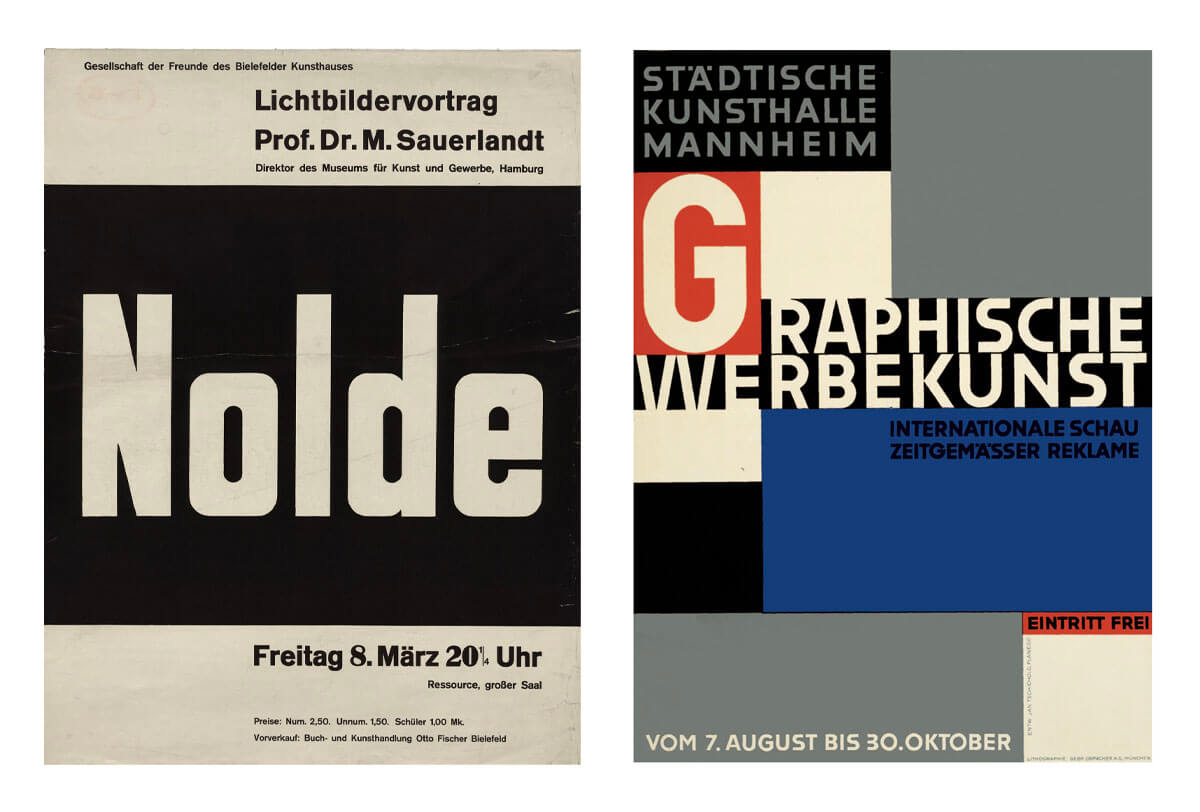
Posters by Jan Tschichold, 1920s
1928
Jan Tschichold publishes “The New Typography”
1932
Paul Rand enters the profession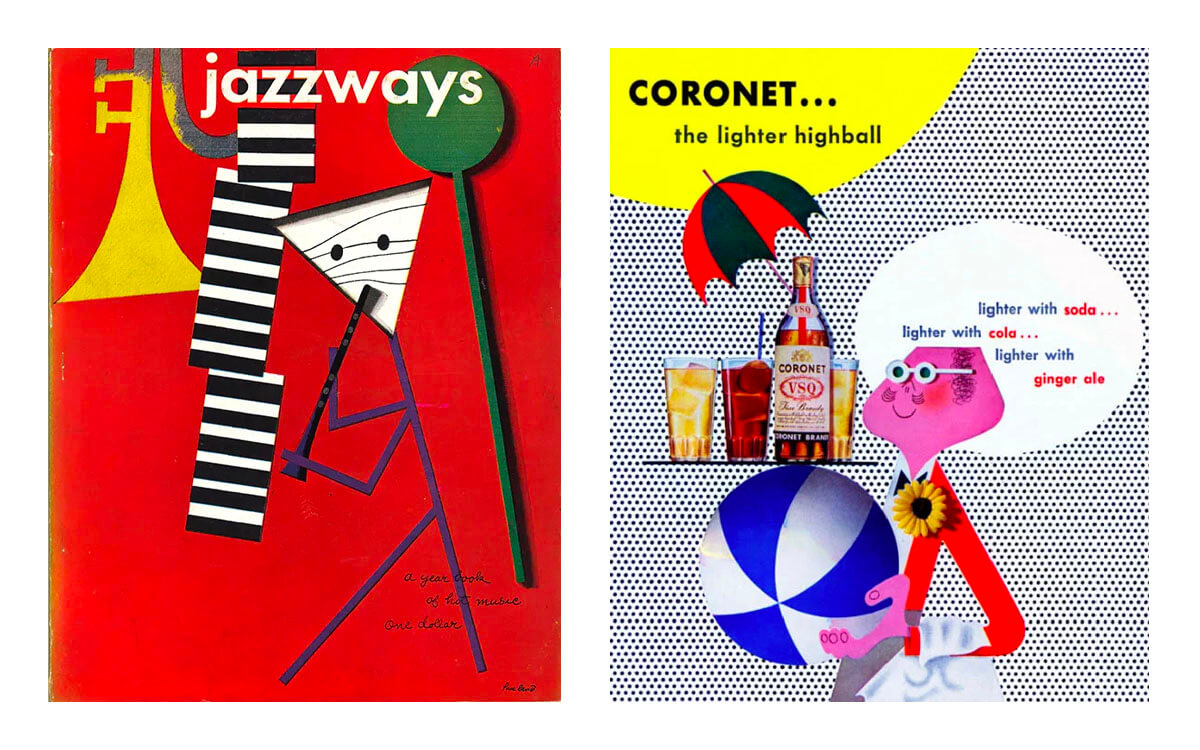
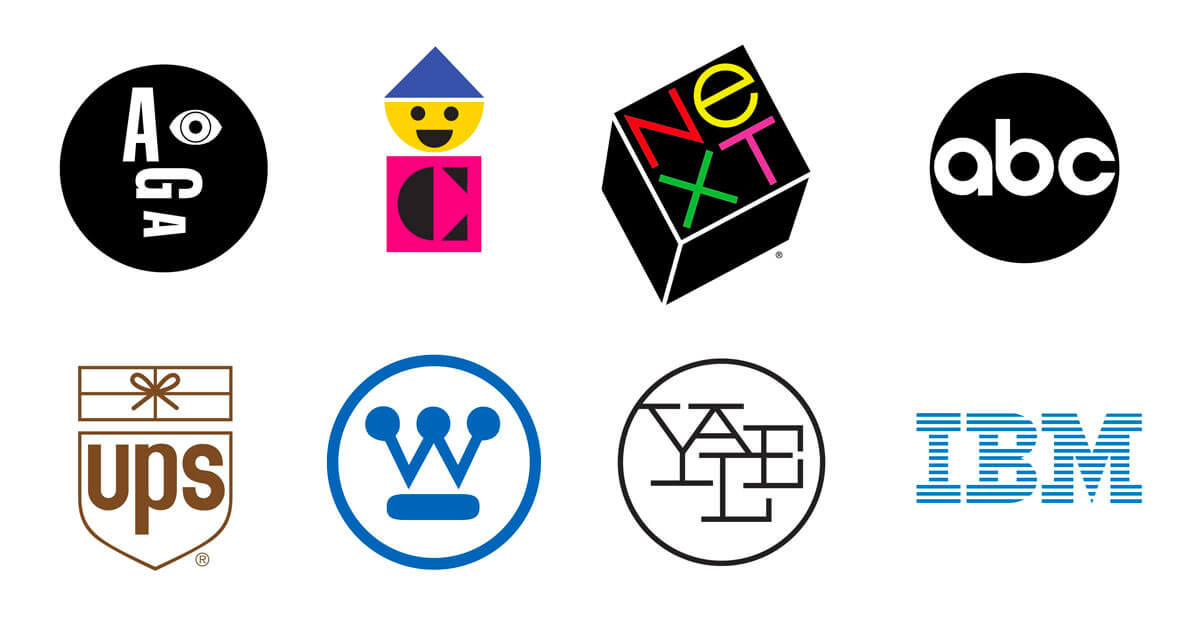
Print and logo designs by Paul Rand, 1956-1986
1936
Josef Müller-Brockmann, mastermind of grid systems, enters the profession
1940s
Saul Bass, film title and logo design legend, enters the profession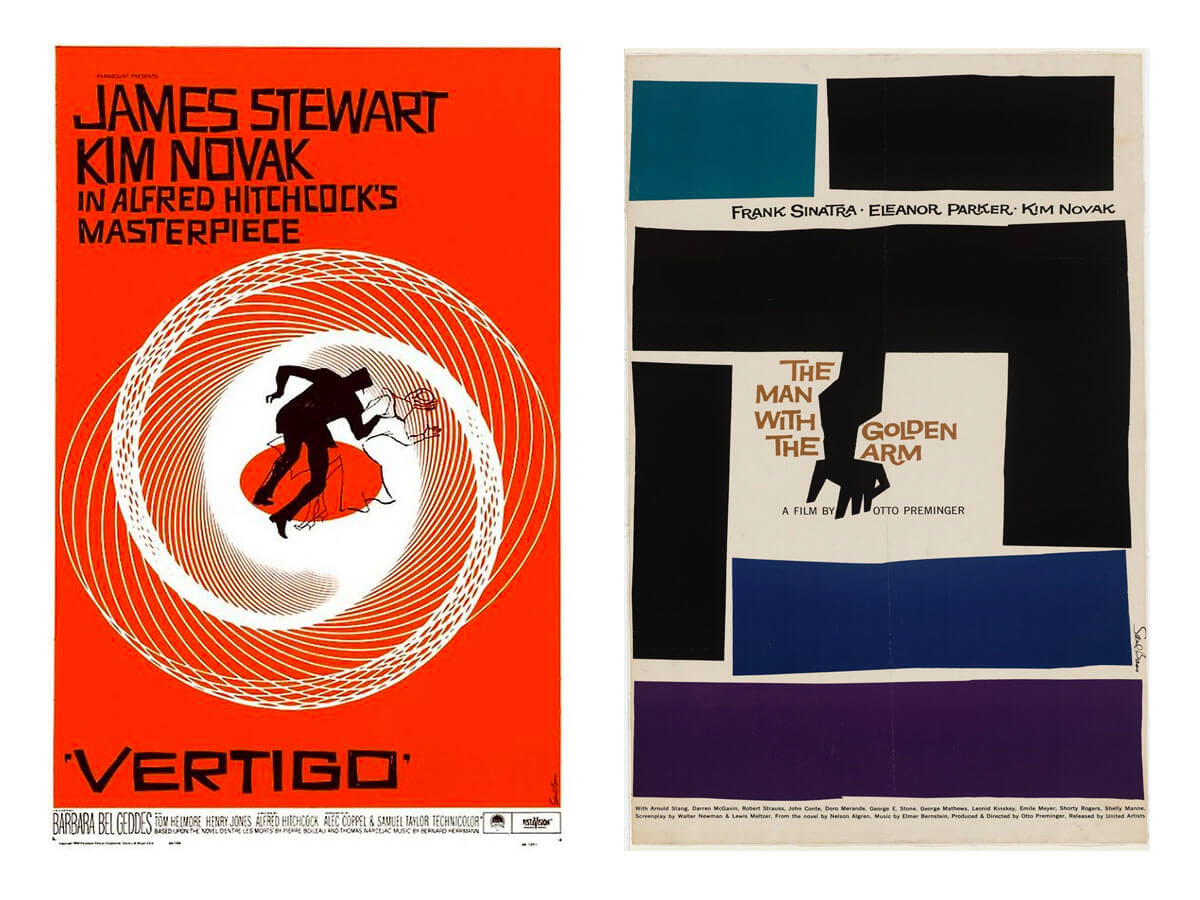

Movie posters and logos by Saul Bass, 1950s to 1990s
1955 onwards
Pop Art movement: bright colours, wit, repetition
“Marilyn Monroe” by Andy Warhol, 1967
“Aquarium with Goldfish” by Roy Lichtenstein, 1977
1968
Josef Müller-Brockmann publishes “Grid Systems in Graphic Design”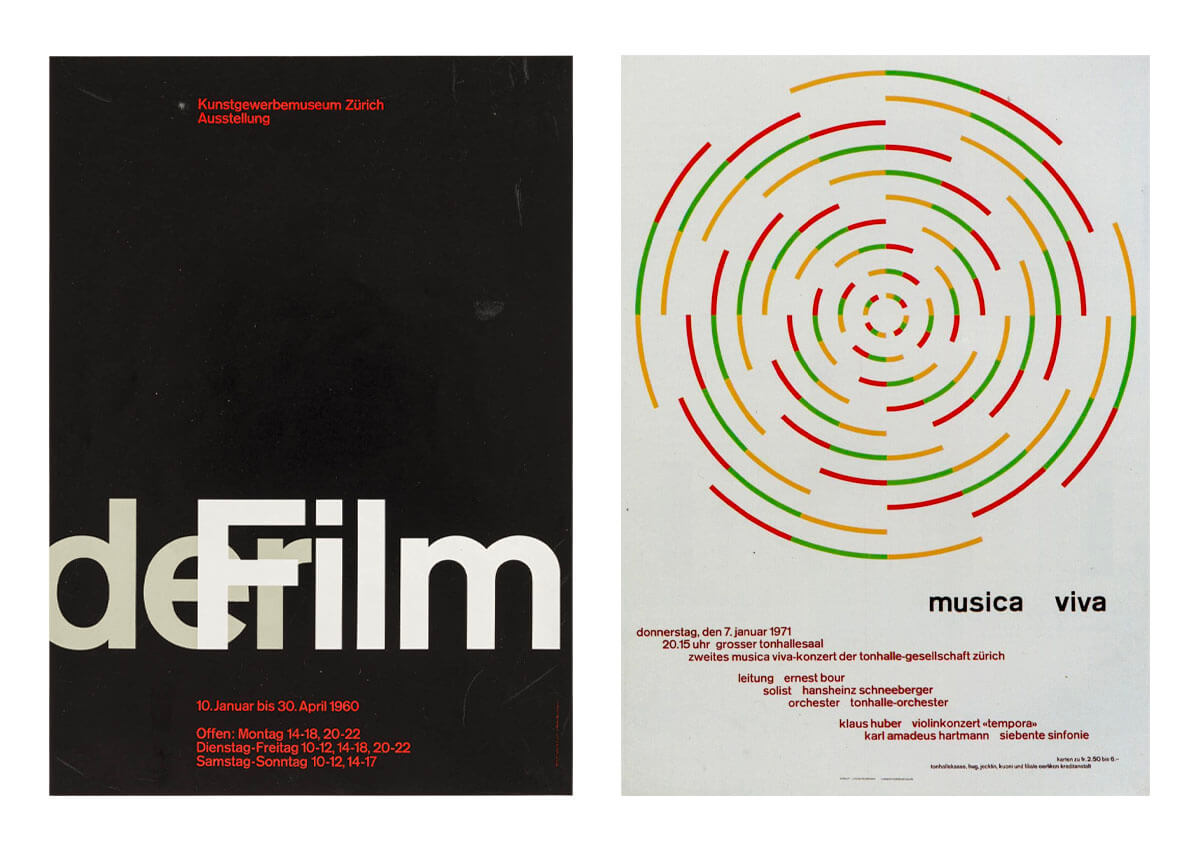
Posters by Josef Müller-Brockmann, 1960 and 1971
1970s onwards
New Wave movement: playful, complex, collaged, experimental type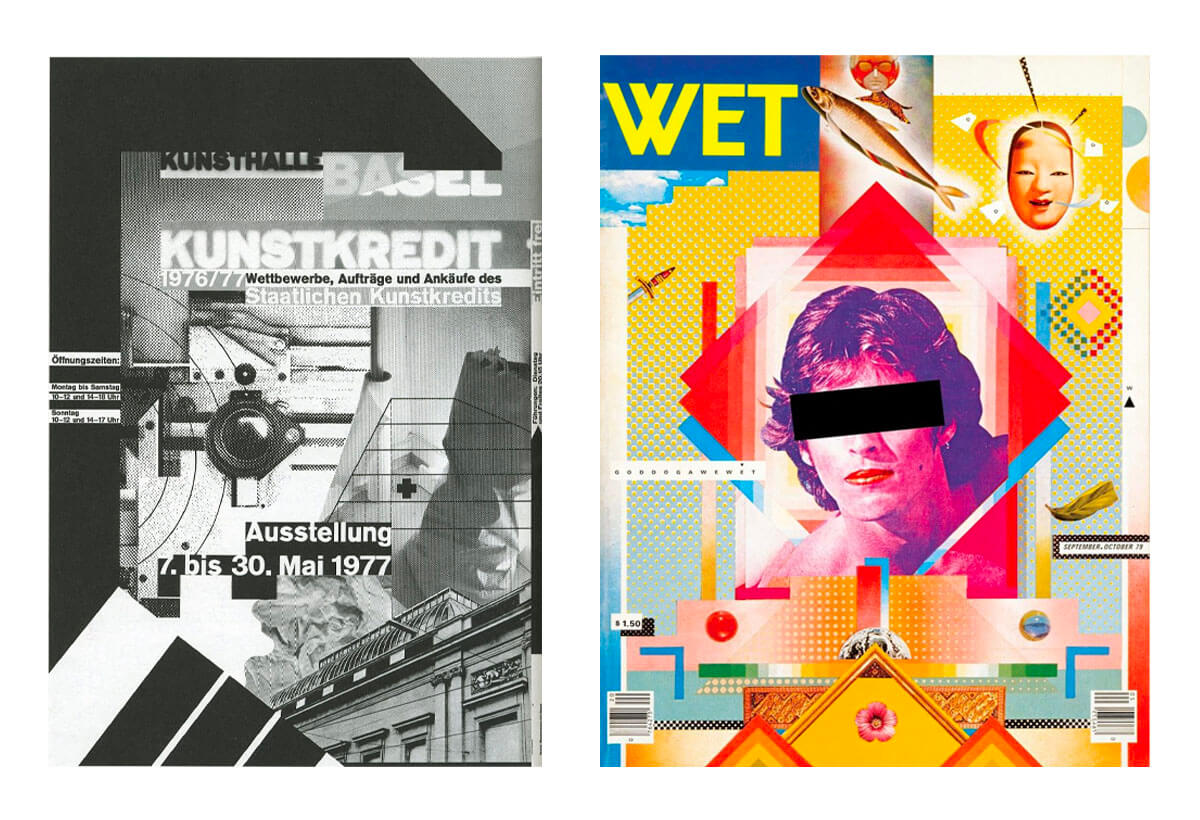
Poster by Wolfgang Weingart, 1977
WET Magazine cover by April Greiman, 1979
1970s onwards
Punk movement: aggressive, direct, shocking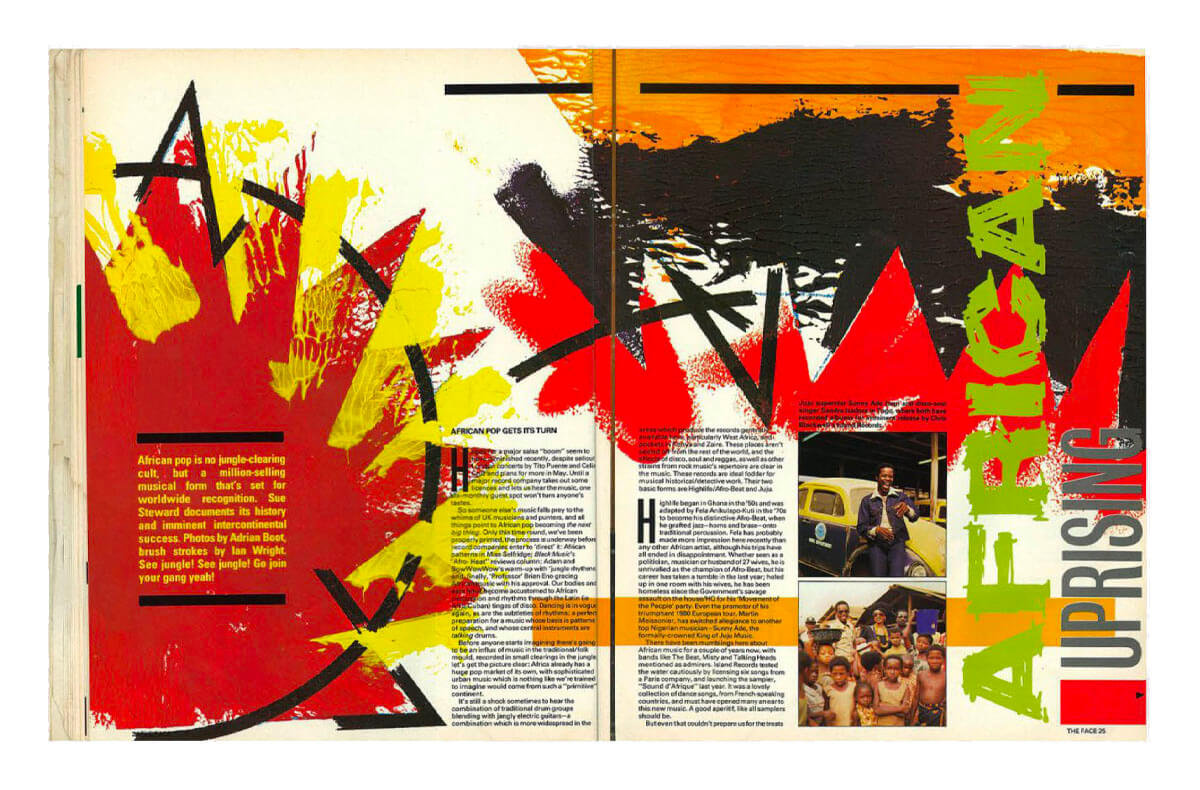
A punk-inspired spread by Neville Brody for “The Face” magazine, 1982
1980s onwards
Postmodernism: rule-breaking, eclectic, ironic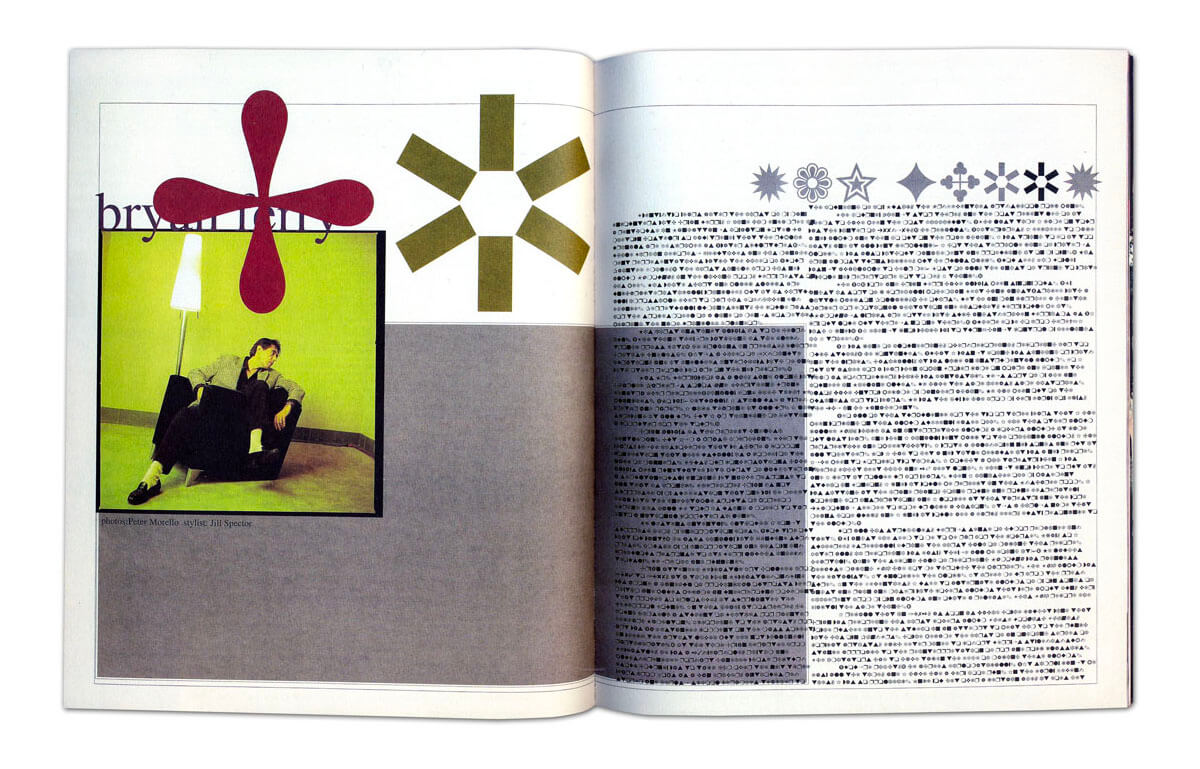
Ray Gun spread set in Zapf Dingbats by David Carson, 1994
In conclusion...
Although this timeline only shows the work of a few artists and designers, it illustrates the richness of visual reference points from history, and the value of looking at how past masters have approached graphic design problems.
As you begin work on your own graphic design briefs in Part 4, remember that art and design history is an important avenue of research. And with that in mind, let’s talk about the graphic design process!